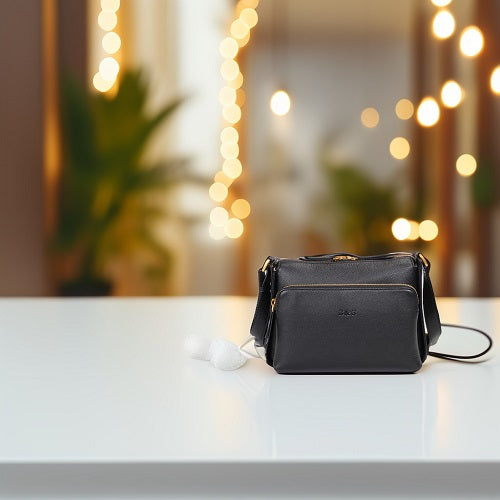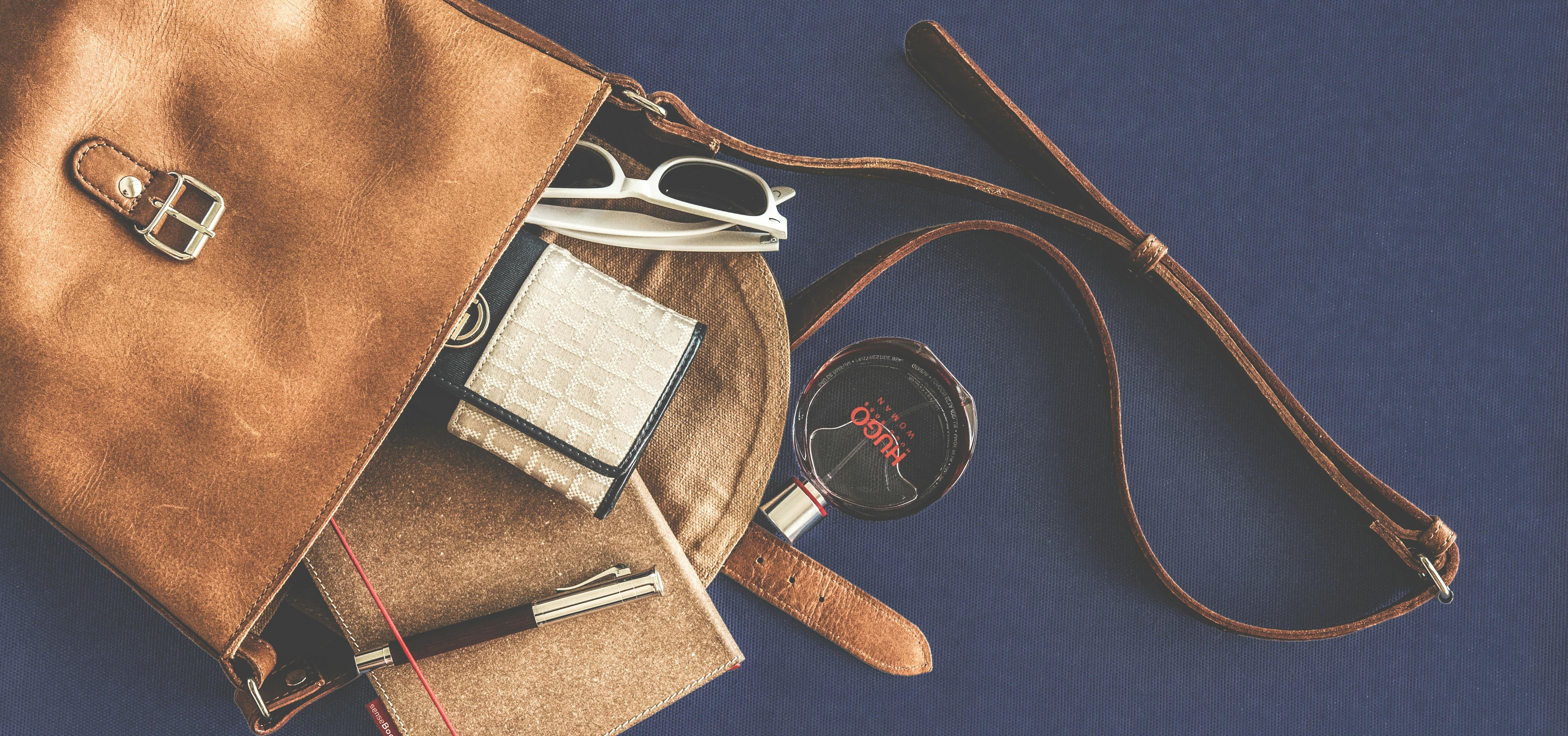Top-grain leather is renowned for its ability to yield high-quality products consistently, like luxury leather bags, sofas. Its manufacturing process ensures a uniform appearance, making it a popular choice across various items. In this guide, we'll delve deeper into understanding top-grain leather: its production methods, common applications, maintenance tips, as well as its pros and cons. Additionally, we'll explore similar leather types to provide a comprehensive overview.
What is Top Grain Leather?
Top-grain leather epitomizes quality craftsmanship. Sourced from the hide, it undergoes a meticulous process where the outer layer is expertly sanded to eliminate any imperfections or irregularities. While not as rugged as full-grain leather, it boasts durability and holds its own against various other leather types.

How Top-Grain Leather is Crafted
Ranked second only to full-grain leather in quality, top-grain leather is fashioned by meticulously sanding and buffing the outermost layer of the animal hide. This technique results in a thinner leather, ideal for manufacturers to work with and tool as needed. The refined texture not only reduces costs compared to full-grain leather but also eradicates wrinkles, scars, blemishes, and any surface defects.
Quality
Top-grain leather, lacking the outermost layer of the hide containing the toughest natural fibers, may experience a slight reduction in durability. However, this process effectively removes inherent defects and discolorations, resulting in a leather with a consistent color and pattern.
One drawback of this manufacturing method is its impact on breathability, as well as its ability to absorb body oils and impurities. Consequently, it may not develop the coveted patina characteristic of full-grain leather.
Appearance
Following the removal of the top layer of the hide, the remaining leather is embossed with an imitation grain, achieving a uniform and consistent appearance. This type of leather can be stamped with various patterns, simulating textures such as snake skin, ostrich, or alligator skin.
Due to its enhanced workability and versatility, top-grain leather finds applications across a wide range of products requiring flexibility and a uniform appearance. While it may lack the original hide's natural look and feel, it can be tailored to mimic the appearance of desired animal hides.
Common Uses of Top-Grain Leather
Top-grain leather finds its place in an array of products including purses, handbags, satchels, briefcases, wallets, and keychains, among others. Due to its slightly lower toughness compared to full-grain leather, it thrives best in environments where exposure to harsh elements and rough handling is minimal.
Advantages of Top-Grain Leather
The primary advantage lies in its ease of manipulation during processing, resulting in a consistent finish. While not as rugged as full-grain leather, it still outlasts many lower-grade leather types. Additionally, it offers a more budget-friendly option than full-grain leather and can be dyed and patterned to imitate exotic leathers with remarkable accuracy. So it's still high-quality leather for crafting high-end leather bags.
Disadvantages of Top-Grain Leather
The meticulous sanding and buffing process used to remove defects and scars from the top layer of the animal hide result in decreased breathability and durability of the leather. It loses the ability to absorb body oils, preventing the development of a desirable patina. Instead, without proper care, it may become brittle and prone to cracking, leading to a shorter lifespan. Furthermore, it lacks the unique personality and individuality characteristic of full-grain leather, which retains the story of the animal it originates from.
How to Care for Top-Grain Leather
To extend the longevity of your top-grain leather products, proper maintenance is key. Always store items in a cool, dry environment. In case of exposure to moisture or spills, promptly wipe the affected area with a soft, clean cloth, then allow it to air dry in a cool, dry place—avoid using heat, as it may cause the leather to crack. Conditioning the leather with a high-quality leather conditioner at least twice a year helps maintain its suppleness. Additionally, occasional cleaning with a premium leather soap may be necessary for dirty spots.
Avoid storing leather items in plastic covers, as mold can start to grow. If mold appears, gently remove it using a soft, clean cloth dipped in a solution of equal parts isopropyl alcohol and water.



